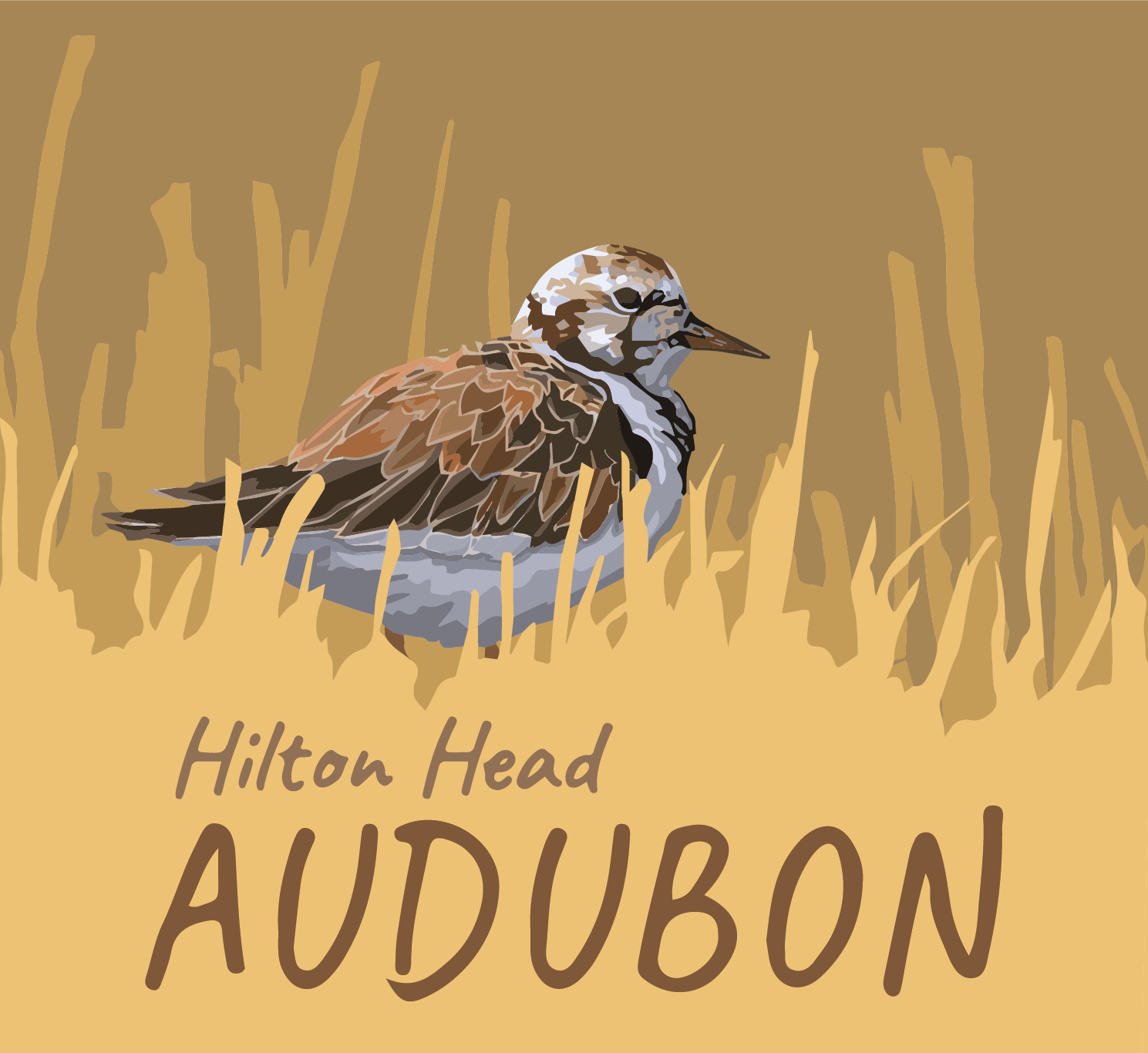FACT: Cats are the biggest killer of birds after habitat loss and climate change.
It’s astounding that more birds are killed by cats than all the bird collisions with buildings, windows, wind turbines, radio towers, and even from pesticides combined. An estimated 2 to 3 billion birds are killed by cats every year in the lower 48 states alone. That’s not including the rest of the Western Hemisphere, Asia, or Europe, where cats have been recently designated as an invasive species due to the habitat destruction they cause and the birds they kill.
Bird populations overall are down more than 70% from 3 decades ago. The factors for this decline are mostly human-made, including habitat loss, poor environmental decisions, and the problem of outdoor cats – both those that are let outside without protection by pet owners and those that end up feral.
As natural and skilled predators, cats are “the number-one direct, human-caused threat to birds,” including having devasting impacts on threatened species like the Piping Plovers found on our Hilton Head beaches. In addition to hunting and killing birds, cats are also destructive to the ecosystems that birds and other wildlife depend on.
The most impactful, immediate way we can help wild birds rebound is to keep our cats safe. It takes only a simple adjustment in our thinking and behavior.
Hilton Head Audubon is working to team up with local and state agencies to promote safer environments for cats. Agencies that have cat adoptions like the Hilton Head Humane Society already make sure that their cats are spayed or neutered, and that’s a big help.
We strive to help them to go one step further, to show cat owners how keeping their cats inside or in controlled environments and situations will make their cats safer, healthier, and live longer than if they let their cat roam free outside. Free from disease, predators, accidents, safe indoor and cats in controlled environments will also keep wild birds safer, too.

Cat owners know it’s nice to let cats have some fresh air. Screened in areas such as patios or catios (like a patio but for cats) are great ways to let your cat breathe fresh air and interesting scents as well to observe nature—and birds—without causing harm to themselves or others. Cats, like all animals (including us!), love exercise. They can be walked on leashes or in backpacks or strollers. Like dogs and other pets, cats are most happy (and less anxious) when they know they are protected from dangers.
Why Controlled Cats Mean Safer Cats
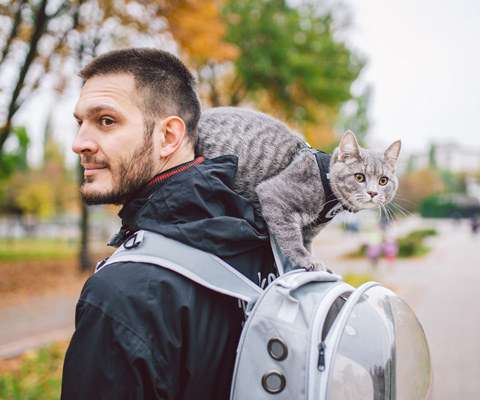
Outdoor, free-roaming cats are exposed to many types of dangers.
Disease and viruses, fights with other cats and animals, being hit by cars, or getting lost are just some of the perils faced every time your cat is outdoors. Cats are also the largest carriers of rabies. Diseases carried by and brought home by cats can infect you and your family, and cause illnesses and death.
These very real, often fatal perils are easily avoided by keeping cats inside and in a controlled environment, like on a leash or in a screened in area. Keep your pet safe and alive by keeping them protected.
Free-Roaming Cats
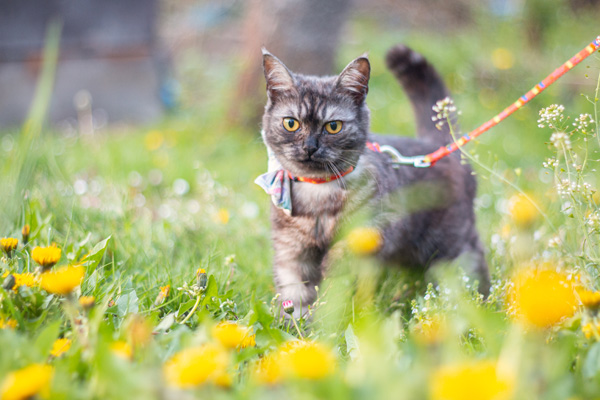
Many people think that cats can’t be confined to a space and ‘need’ to be free and roam. But that’s a myth.
Cats get their needed daily exercise simply by walking on a leash and have their curiosity filled by watching—rather than killing—the wildlife around them. Confirmed by veterinarians as well as conscious and responsible cat owners, this researched science is borne out every day by healthy cats.
Help Others Learn the Truth About Cats
We need your help to let cat owners know about a few simple responsibilities that will make a world of difference to their pets and our birds.
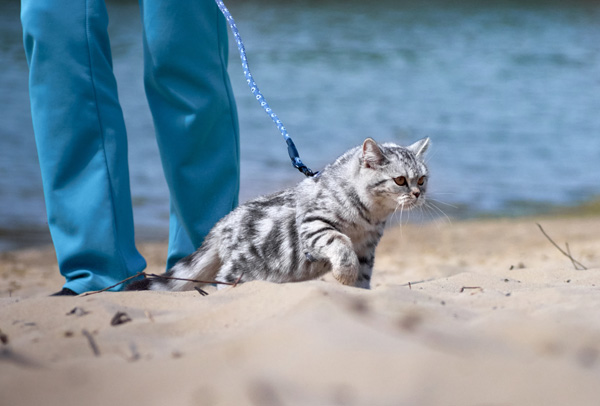
Consider this:
As little as 30 and 40 years ago, it was not very common to leash dogs on walks. Now, it’s nearly universally frowned upon to let dogs roam free in your neighborhood, parks, trails, or fields. That same shift in behavior can happen with cats. Responsible cat owners in the U.S. and beyond are making these small adjustments to help their cats stay safe. As a result, they are also helping more birds stay alive.
Sometimes older cats resist being trained to walk on a leash. Cat strollers and backpacks provide excellent alternatives for getting your cat some fresh air. Being a pet owner of any sort requires responsibility, time, and dedication. Pets deserve our best efforts to keep them healthy, safe, and loved.
Responsible Cat Owners Make a Win-Win Outcome:
Safe Birds Means Safe Cats

Two Small Acts Can Make a World of Difference for Birds:
- Enclose an outdoor space for a cat to enjoy. Even a screened-in, open window can suffice.
- Always leash or carry your cat in a cat-backpack or cat-stroller on walks.
Learn More and Take the Pledge!
The American Bird Conservancy is the leading agency promoting this healthier and safer cat-owner responsibility. Hilton Head Audubon stands strongly with them.
To help birds and Take Action, ABC has all the tools you need: the Cats Pledge, Brochures to download, a Cats Indoors Newsletter to read, andmuch more information on how to rein in this invasive and enormous problem.
If you’d like to know even more about why keeping cats safe is so important, please watch this power point presentation made by Hilton Klein, VMD, one of our own Hilton Head Audubon Board members.
Start Today
Start your commitment to keeping cats and birds safe today by taking the ABC PLEDGE to Keep Your Cat Safely Contained. Please let us know if you do, and if you’d like to help us spread the word. Email us at: conservation@hiltonheadaudubon.org
Please don’t wait a moment longer.
Make the world safer for you, your cat, and wildlife
by keeping your cat controlled.
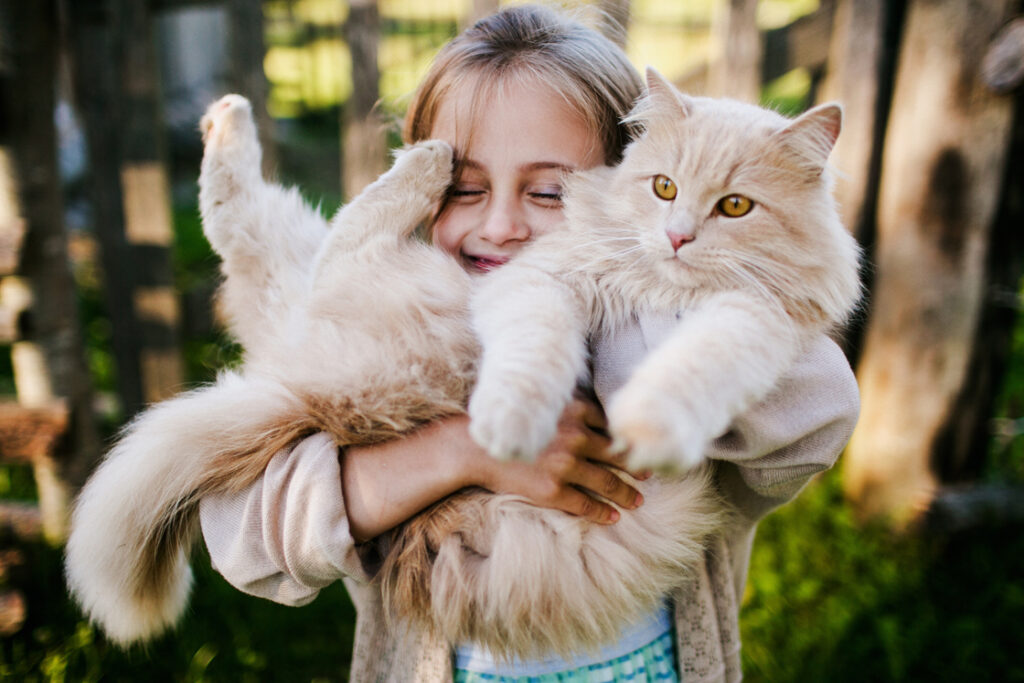
Additional Resources on Birds and Outdoor Cats:
The American Bird Conservancy is the leading authority on the dangers of cats: Cats Indoors (abcbirds.org)
Cornell Lab of Ornithology’s position and recommendations can be viewed here: FAQ: Outdoor Cats and Their Effects on Birds
